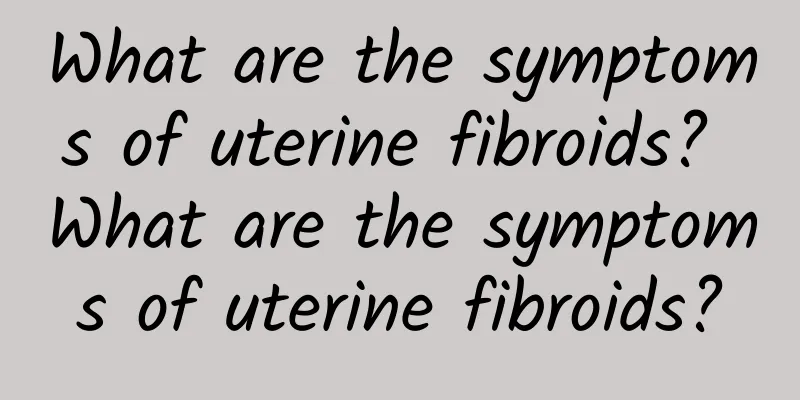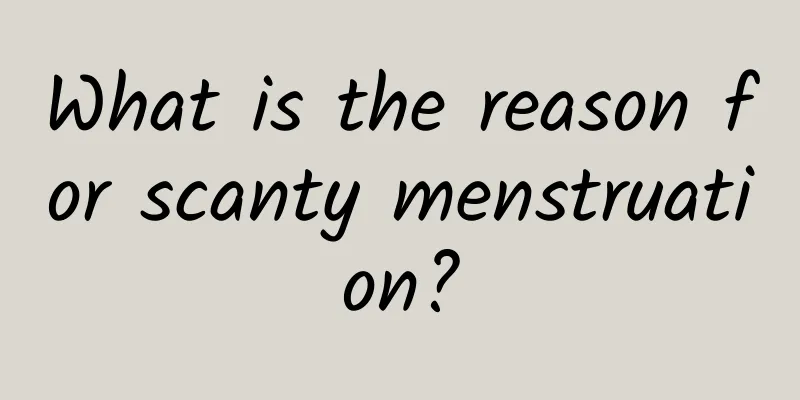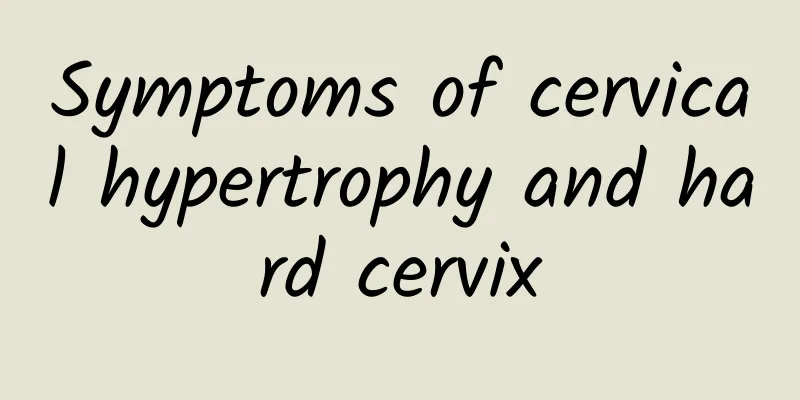What are the symptoms of uterine fibroids? What are the symptoms of uterine fibroids?

|
For the symptoms of uterine fibroids, appropriate treatment can be obtained, so patients must pay more attention to their uterine fibroid symptoms and consult experts to see which treatment method is more appropriate. The following is an expert's explanation of the symptoms of uterine fibroids. Symptoms of uterine fibroids: 1. Increased menstruation often occurs in submucosal and intramural fibroids, manifested as menorrhagia, prolonged menstruation or irregular vaginal bleeding. The main reason for increased bleeding is the increase in the area of the endometrium, which hinders uterine contraction and affects blood circulation. Due to long-term bleeding, patients often have varying degrees of anemia. 2. Lower abdominal mass When the subserosal or intramural fibroids grow larger than the pelvic cavity, the patient may touch the mass by himself and go to the hospital, which may be accompanied by a feeling of falling. 3. Compression symptoms. Fibroids located in the lower part of the uterus and cervix, if embedded in the pelvic cavity, can compress pelvic tissues and nerves, causing lower abdominal pain and back pain. Fibroids grow forward or backward, compressing the bladder, urethra or rectum, leading to frequent urination, dysuria, urinary retention or constipation. When fibroids grow on both sides, they form broad ligament fibroids, compressing the ureter or hydronephrosis; if they compress pelvic blood vessels and lymphatic vessels, they can cause lower limb edema. 4. Pain is relatively rare. In addition to the pain caused by pelvic nerve compression, pedunculated submucosal fibroids can also cause pain caused by uterine cavity contraction. When the fibroids block the cervical canal and hinder the outflow of menstrual blood, it can cause dysmenorrhea. 5. Subserosal fibroids generally do not affect pregnancy and childbirth. When uterine horn intramural fibroids compress the interstitial part of the fallopian tube and submucosal fibroids cause endometrial infection, concurrent endometrial hyperplasia can cause infertility The above symptoms of uterine fibroids are the summary of experts over the years. We need to actively grasp them. Of course, in order to ensure everyone's health, we also need to actively consult experts for accurate treatment. |
<<: What are the symptoms of uterine fibroids after pregnancy? Treatment of uterine fibroids
>>: What are the symptoms of uterine fibroids? What are the dietary treatments for uterine fibroids?
Recommend
Is cervical erosion very harmful? In fact, cervical erosion is not that scary.
Cervical erosion is very common among women of ch...
Positive, optimistic, confident: the psychology of painless abortion
There are both positive and negative reports on a...
What are the side effects of Jin Yuting? Tell you the harm of taking Jin Yuting frequently
Jin Yuting is a kind of emergency contraceptive p...
Effective methods for detecting Bartholinitis
Bartholinitis is a common external genital diseas...
Why do uterine fibroids grow so fast?
If you find that uterine fibroids are growing too...
The endometrium is 14mm thick and I haven't had my period for two months. What should I do?
The endometrium is 14mm thick. If you haven't...
Lose weight and avoid starvation! 10 Superfoods to Munch on
The human body's basal metabolic rate increas...
Is uterine cyst serious? Generally no treatment is needed
Many people are worried when they find out about ...
Why do women's private parts have "spasms"? Don't panic, understand these 5 common problems first
In the clinic, I met a girl named Xiaomei. She sh...
Daily care measures for patients with cervicitis
Cervicitis is a common disease among married wome...
Women who want to have children should be cautious when using the Lip Knife to treat cervical erosion
Local physical treatment for cervical erosion, su...
How to diagnose and differentiate pelvic peritonitis
We must carefully understand and grasp the detect...
Nutritionists’ favorite sweet soup can beautify your skin and prevent intestinal obstruction!
Let me introduce to you a sweet soup that I often...
When is uterine fibroid surgery performed? How long does uterine fibroid surgery usually take?
When is uterine fibroid surgery performed? How lo...
Why can't you eat cucumbers when you have uterine fibroids? Why can't you eat soybeans when you have uterine fibroids?
Why can't people with uterine fibroids eat cu...









